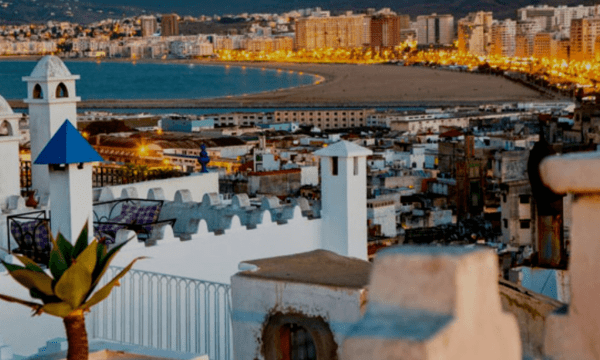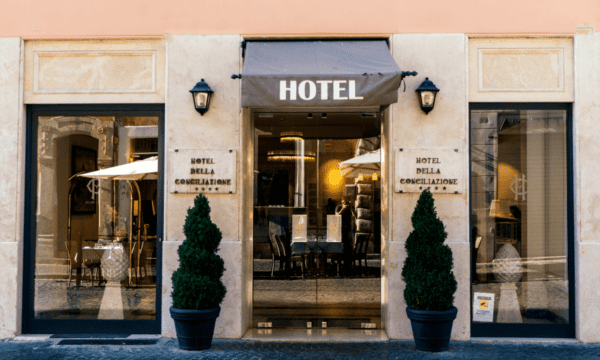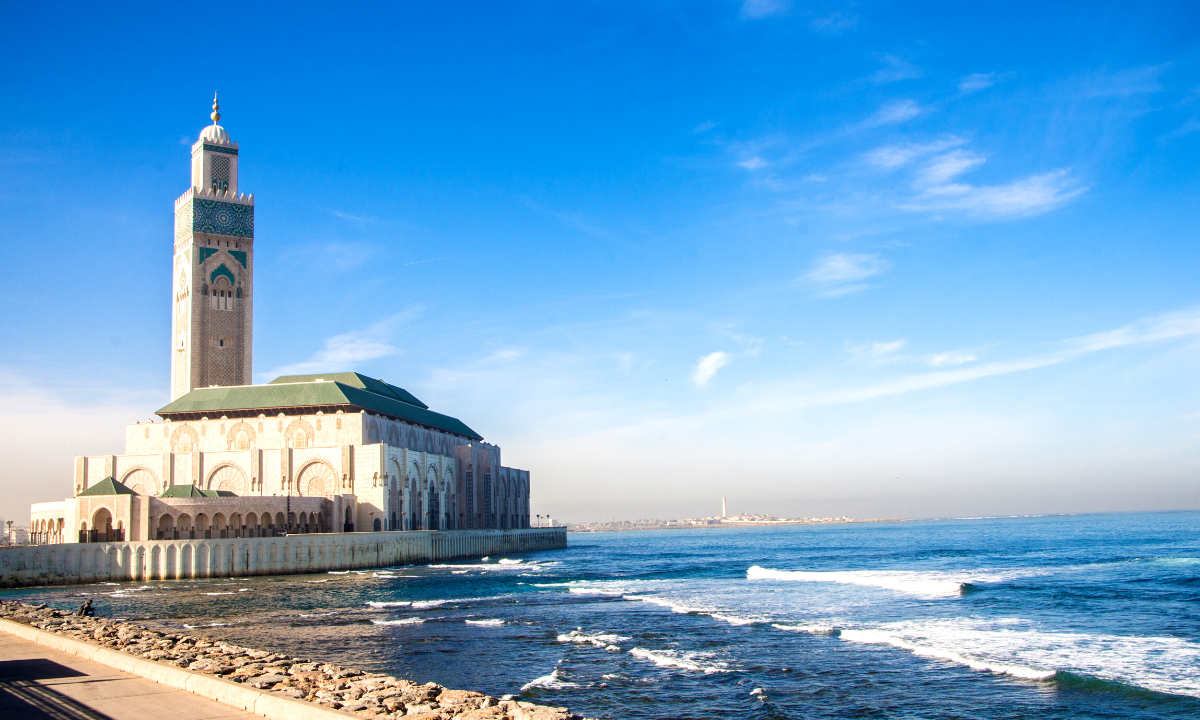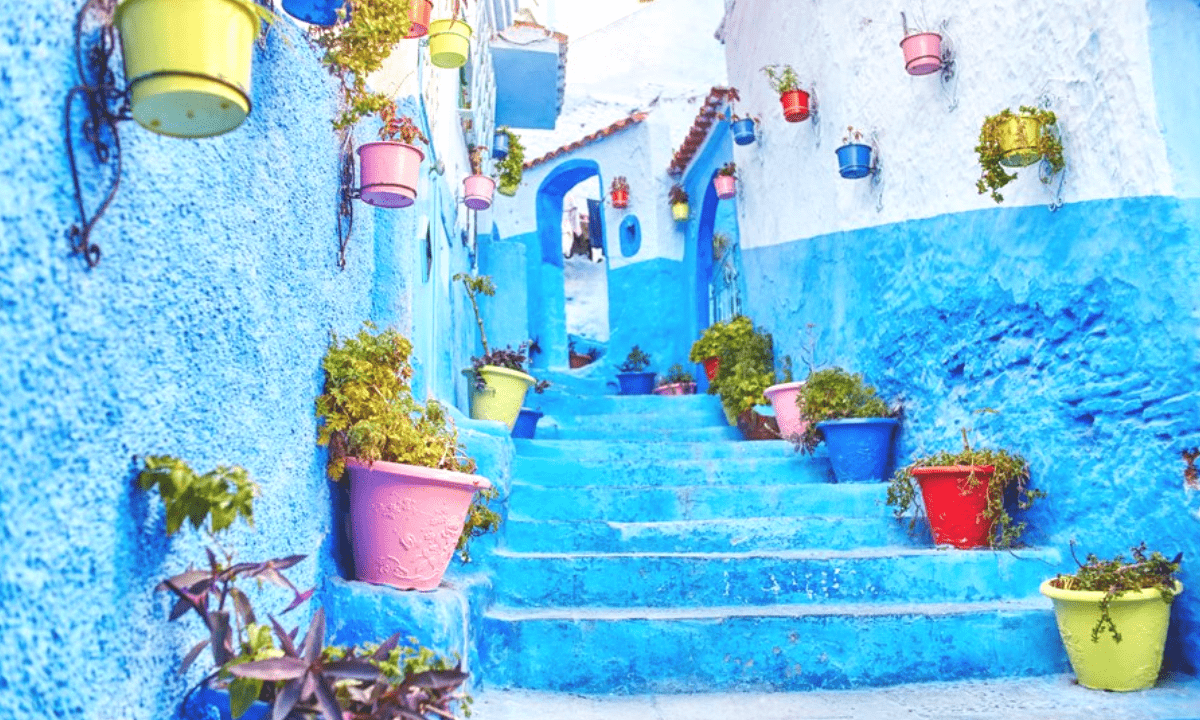
The first major exhibition in France of a rare artist who has adopted Italy.
The “Campo di Marte” exhibition brings together more than a hundred pieces made over the last 35 years by Nathalie Du Pasquier. But it is impossible to speak of a retrospective of this atypical hanging without chronological order, or poster, which intertwines old works, others very recent, to breathe a second life into them.
Conceived as an immersive installation made up of blocks, this “mixed” suspension nonetheless possesses an astonishing homogeneity. We measure the coherence of the journey of a designer who became an artist, in love with geometric shapes, pure architecture, light and bright colors. We see the evolution of a graphic design that slides from figuration to abstraction. We discover a designer who has never benefited from such treatment in a French institution, Nathalie Du Pasquier’s first major personal exhibition in her native country.
Ettore Sottsass
Co-produced by the Macro of Rome and the Mrac de Sérignan, “Campo di Marte” comes from Italy, the adoptive country where the Bordeaux born in 1957 settled in 1979. In Milan, capital of design, she is the youngest founding member of the inventive and an international group from Memphis in which Ettore Sottsass shines. Du Pasquier imagines textiles, furniture, and other consumer objects that become the motifs in her paintings. Because in 1987, the designer opened another path in her work.
Two paintings of animals inserted in the exhibition, a woman conversing with a lion, a woman in front of a giraffe, testify to the first pictorial steps of an artist very quickly attracted by still lifes, vases, cups, bottles. First they are figurative, delicate, refined, in the spirit of Giorgio Morandi, himself inspired by Cézanne.
The cone, the sphere and the cylinder advocated by the Aix master are elements of the vocabulary of Nathalie Du Pasquier who adds the line, the right angle, the rectangle. Increasingly structured, her compositions become geometric, architectural, three-dimensional and above all abstract, giving free rein to interpretations.
cabins and cabins
Sculptures, models, furniture, ceramics, drawings, lithographs… All techniques, all periods, come together and respond in this compelling exhibition. “I am interested in how the works are inscribed in the space and in the background of the space there is also the mental space” writes Du Pasquier in an indispensable “Mini guide”.
Spectacular tapestries, colored walls, pedestals, contribute to a staging with a sometimes baroque minimalism where there is no distinction between the work of art and its support. The “cabins”, which the artist made from 1999, illustrate this fusion. These cubic constructions, painted or covered with tiles, constitute cases for paintings or objects. One of them, in which Du Pasquier installed “Things that he likes”It looks like a cabinet of curiosities.
Of course, we are thinking of Daniel Buren’s cabins, a magnificent sample of which is in the permanent collection of the Sérignan museum. The two artists like, each in their own way, to re-enchant colors and spaces.
Nathalie Du Pasquier uses a German term, “Gesamtkunstwerk”an “full work of art” to characterize his exhibition, which he rightly describes as a “silent symphony”.
permanent collection
Installed on two levels, the “Campo di Marte” exhibition is visible until September 25. The Sérignan Regional Museum of Contemporary Art is also presenting a new sample from its permanent collection. It highlights the latest acquisitions and makes formal, stylistic or poetic connections between artists of different generations. An installation by Sylvain Fraysse is next to a canvas by Bernard Rancillac on the theme of cinema, a “trellis” by Daniel Dezeuze with a painting by Jean Messagier ((closed on Mondays and holidays – mrac.laregion.fr) An exhibition ” Cross the Mediterranean” (Depardon, Bioulès, Zarka…) is also offered at L’Annex du musée until June 7 (by reservation: 04 67 17 88 95).







Facebook Comments